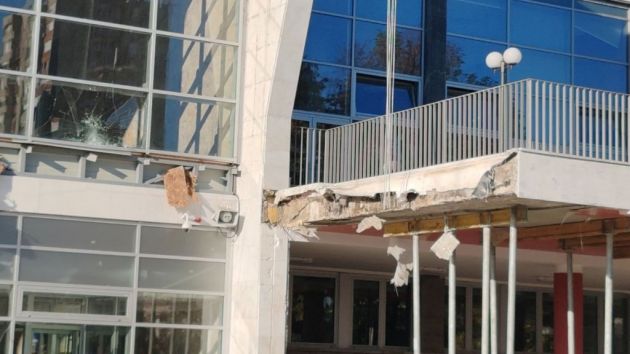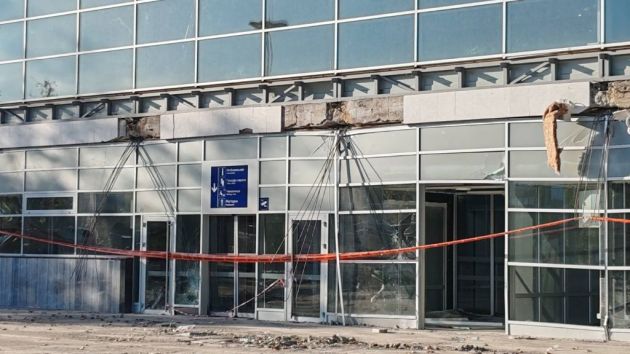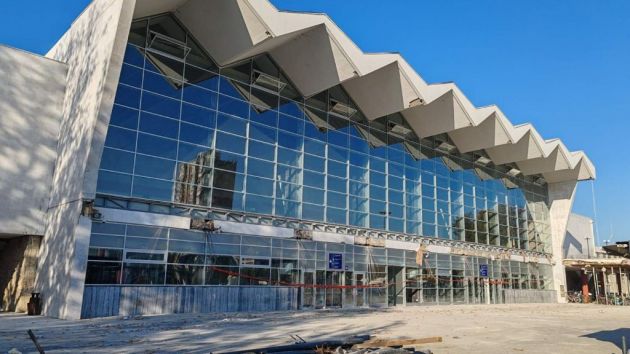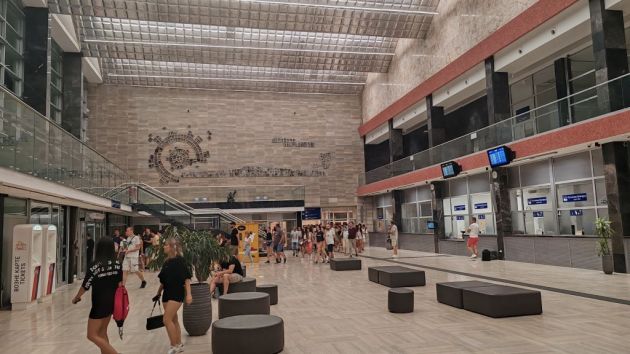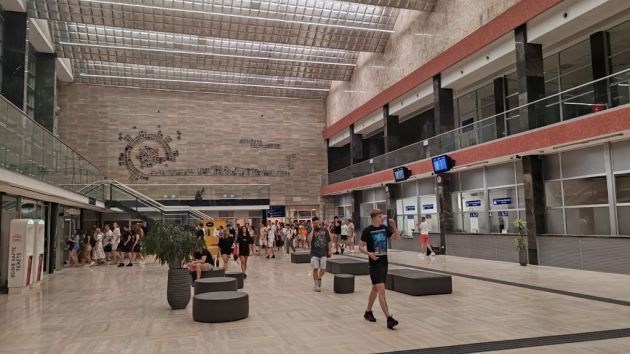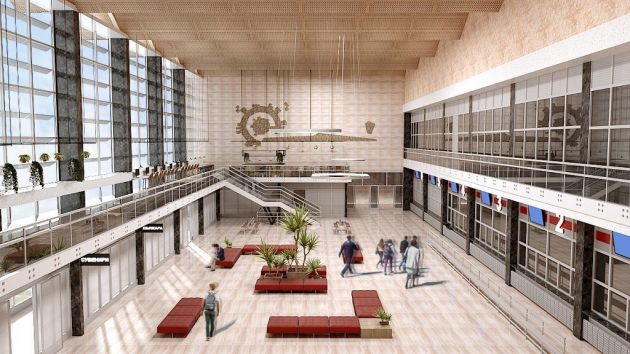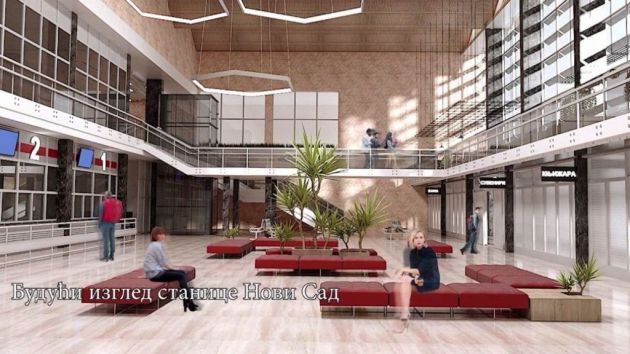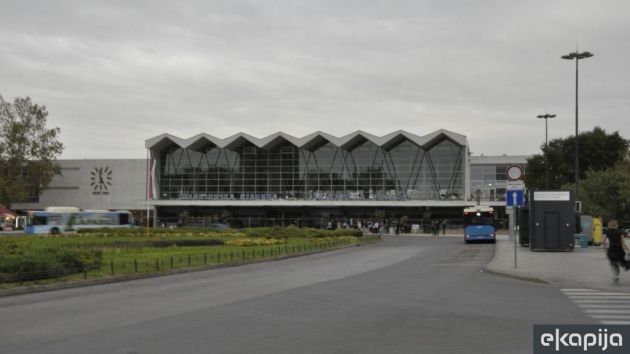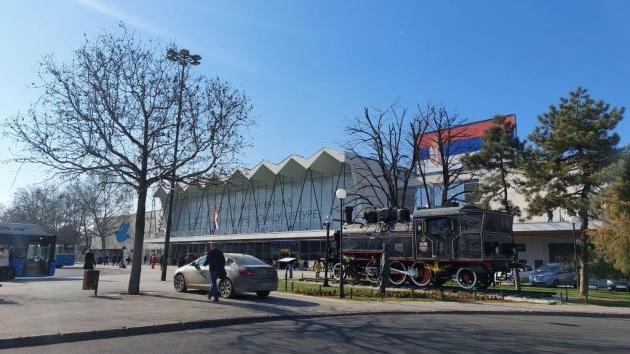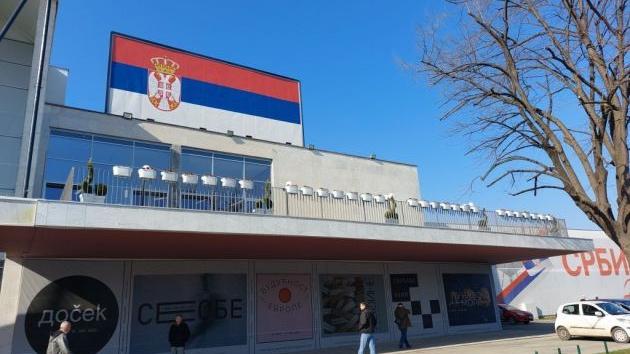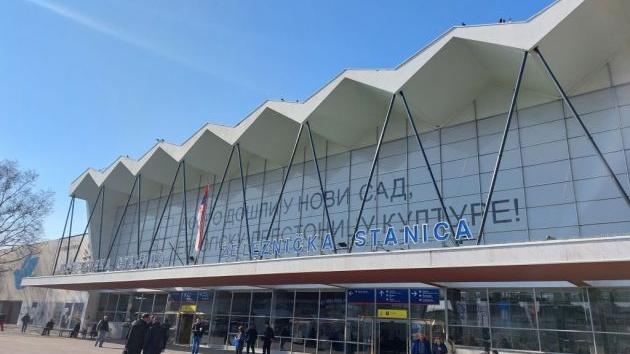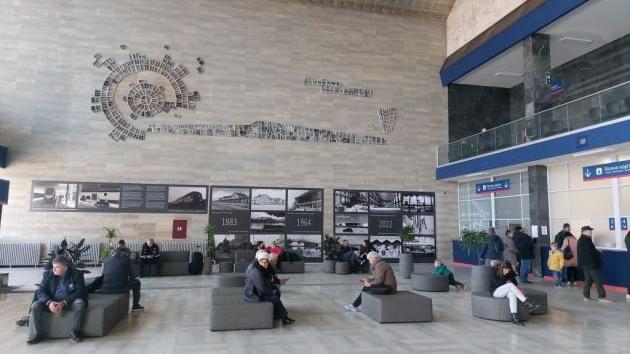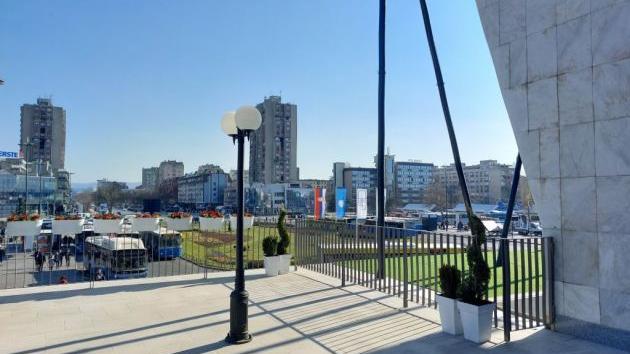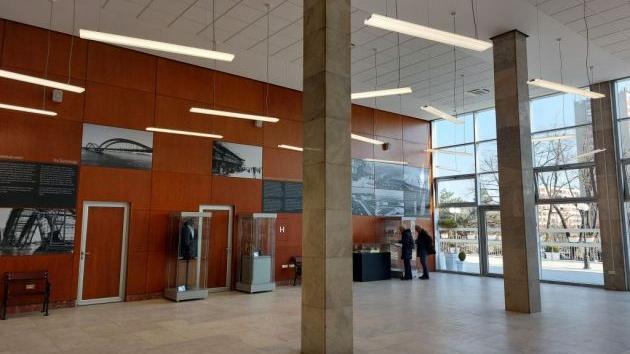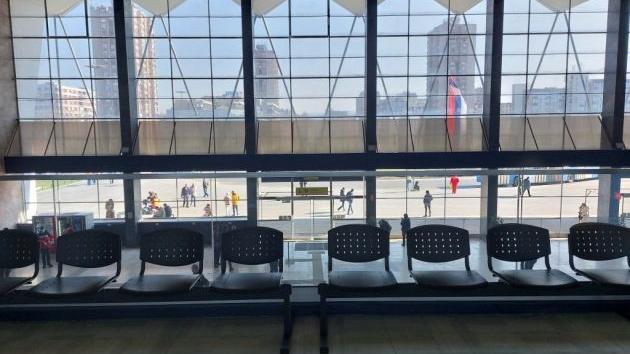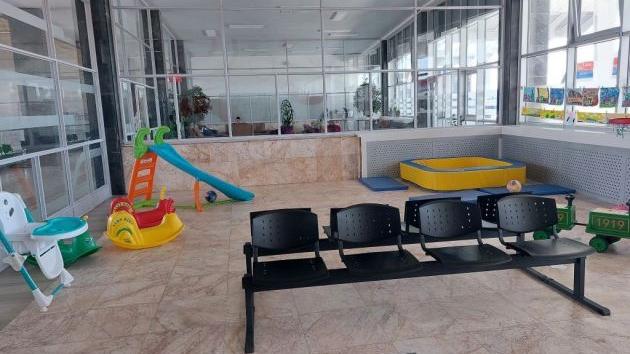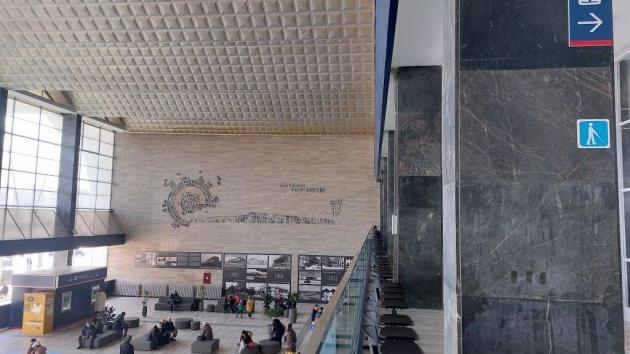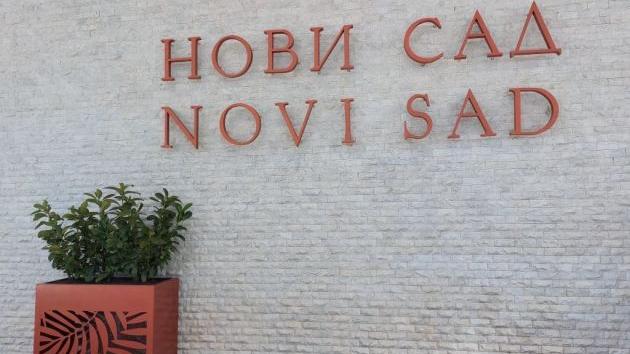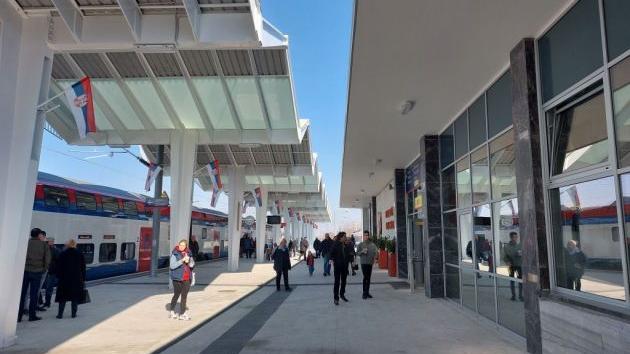Planner did arbitrary calculations, ties not checked by anybody, visual check done as if with a blindfold – Forensic evaluation of Novi Sad tragedy by Faculty of Technical Sciences reveals dark side of our engineering profession
The visual check of the building before the reconstruction was not sufficient, but even based on that, problems could be noticed – part of the cited report (Photo: Printscreen/YouTube/Insajder Video)

The forensic evaluators of the Department for Civil Engineering and Geodesy state that they have not been given all the necessary documentation, but that it is clear that analyses were done, among other things, based on the original project from 1964, which all the planners claimed could not be found. They say that the visual check of the facility before the reconstruction was not sufficient, but that, even based on that, problems could be noticed which everybody ignored.
The report also features a photograph taken only a day before the canopy collapse, that is, on October 31, and the Institute of Transportation CIP is cited as the author of the photograph. The forensic evaluators state that the problem could be seen based on this photograph, but that it is not clear whether anybody dealt with that at all. It is also said that the link between the ties and the roof was covered with water and that the water insulation had been done so that the water drained to the lowest parts of the roof, where the ties were fastened to the roof structure.
The findings of the forensic evaluation, Insajder further says, cite two key causes which led to the collapse of the canopy. The calculations done by the forensic evaluators have show that the ties which held the canopy had corroded by as much as 40%. The report says that they cannot specify when so much damage occurred, but they say that the corrosion had to be noticed during the reconstruction, and there is no mention of it in the construction records.
It is also said that the first load that was higher than planned occurred during the construction of the facility back in 1964, but that, as added, it did not jeopardize the stability of the building. The second overload occurred during the reconstruction, because the existing concrete parts and parts of other materials were not removed in line with the project. Instead, new ones were merely added, that is, the whole thing was simply masked. The new overload was caused by the closing of the empty space by the glass and aluminum structure.
It has been confirmed, as Insajder reports, that the responsible planner practically did arbitrary calculations during the preparation of the construction project. They also say that the planner, that is, CIP, subsequently did the calculation of the additional load of the canopy, calling it an internal calculation.
– What’s also problematic is that CIP submitted this document after the canopy collapsed, which is to say, after the whole process of the planning of the reconstruction – it is said, among other things, in the report by the forensic evaluators.
The first preliminary design and architectural project features the following sentence: “In the structural sense, the facility is in a good condition, and a visual examination does not show damage that could affect the stability of the facility.”
The forensic evaluators conclude that this was, in fact, not checked by anybody, but that, instead, everybody simply copied it later on, that is, confirmed it during the supervision, all this without the archival project of the building which was an original architectural solution 60 years before.
– The main mistake comes down to not knowing the geometry of the building. The planner did not have the original project available to them, but that was all the more reason for them having to measure the actual dimensions of the facility – the report also says.
The forensic evaluation report says that, in addition to the planners, the contractor was also obliged to notice all the problems. The main contractors were two Chinese companies, which hired the Serbian company Starting as a subcontractor. Starting then hired its own subcontractors, the companies BOB d.o.o. and DEKO-TIM d.o.o.
The forensic evaluators, however, state that the existing documentation does not show who did what when it comes to either the execution of the works or the supervision.
They confirm, as Insajder reports, that the station was opened based on one document – that is, internal acceptance, which is not a sufficient basis in either legal or safety terms. They conclude that the tragedy could have been prevented, Insajder says.
Fotografije:
Tags:
Novi Sad Rail Station
Faculty of Technical Sciences Novi Sad
Department for Civil Engineering and Geodesy
study of the condition of the Rail Station
Rail Station project
collapse of canopy in Novi Sad
canopy forensic evaluation
forensic evaluator
calculations by forensic evaluators
reconstruction of Rail Station
canopy
construction project
internal acceptance
Comments
Your comment
Naš izbor
Most Important News
Full information is available only to commercial users-subscribers and it is necessary to log in.
Follow the news, tenders, grants, legal regulations and reports on our portal.
Registracija na eKapiji vam omogućava pristup potpunim informacijama i dnevnom biltenu
Naš dnevni ekonomski bilten će stizati na vašu mejl adresu krajem svakog radnog dana. Bilteni su personalizovani prema interesovanjima svakog korisnika zasebno,
uz konsultacije sa našim ekspertima.


 Izdanje Srbija
Izdanje Srbija Serbische Ausgabe
Serbische Ausgabe Izdanje BiH
Izdanje BiH Izdanje Crna Gora
Izdanje Crna Gora


 News
News








